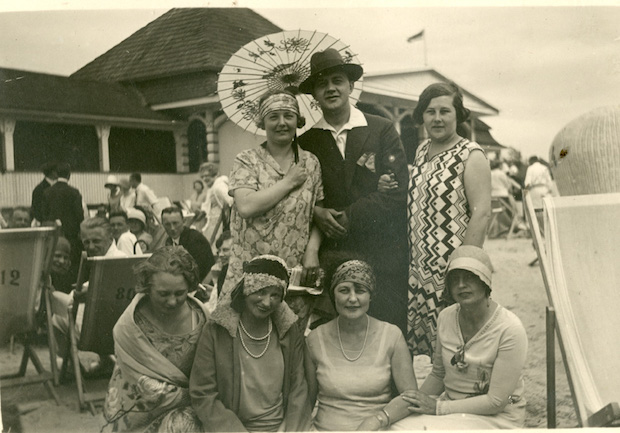Photos by: Antonio Diaz
While the good summer weather lasts, it can be tricky when you are visiting Helsinki for a few days or when you are hosting foreign guests to think about interesting places to see not far from the city centre.
The island of Seurasaari is a little jewel to walk around when the weather is nice. Very conveniently located just 20-30 minutes from central Kamppi area, you can easily reach it by bus (line 24 goes there), by using one of the easily accesible city bikes or even by ferry from the Market Square during summer. A perfect destination to spend half a day when weather allows to enjoy outside.
A charming Open-Air Museum
If you want to travel back on time and imagine how was the rural landscape in different areas of Finland, the Open-Air Museum is certainly the highlight of the visit to the island. It has a great array of buildings from different eras, manors, farms, smoke houses, etc scattered around the beautiful landscape that the closeness to the sea gives to the sorroundings. There are many cafeterias where to stop by while taking stroll to have a coffee or a snack, activities for children like going for a ride on a pony and also local sellers have handcrafts on display for purchase.
TIP: The entrance of the museum is 10e per adult, but honestly, unless you are deeply interested in visiting the houses and see the utensils inside, you could skip that and just walk around the buildings on the island for free. So if you are on a low budget, you can skip buying a ticket to allow entrance inside the museum buildings.
Sunbathing and swimming
Seurasaari is also famous as a place for sunbathing and swimming. Just when you cross the bridge, walking to the right, there is a small beach where local citizens like to enjoy the sun and have a picnic. For the lovers of enjoying nature wearing nothing, there are also 2 nudists beach, separated from men and women. Entrance there requires a fee.
Among other amenities, the island also counts with barbecuing area, and it is specially popular to visit there during the Midsummer celebrations, where big bonfires are torched.
For more information:
https://www.kansallismuseo.fi/en/seurasaarenulkomuseo/tutustu-museoon
https://www.hel.fi/helsinki/en/culture/recreation/in-helsinki/seurasaari
https://www.myhelsinki.fi/en/see-and-do/activities/seurasaari-bath-and-beach







